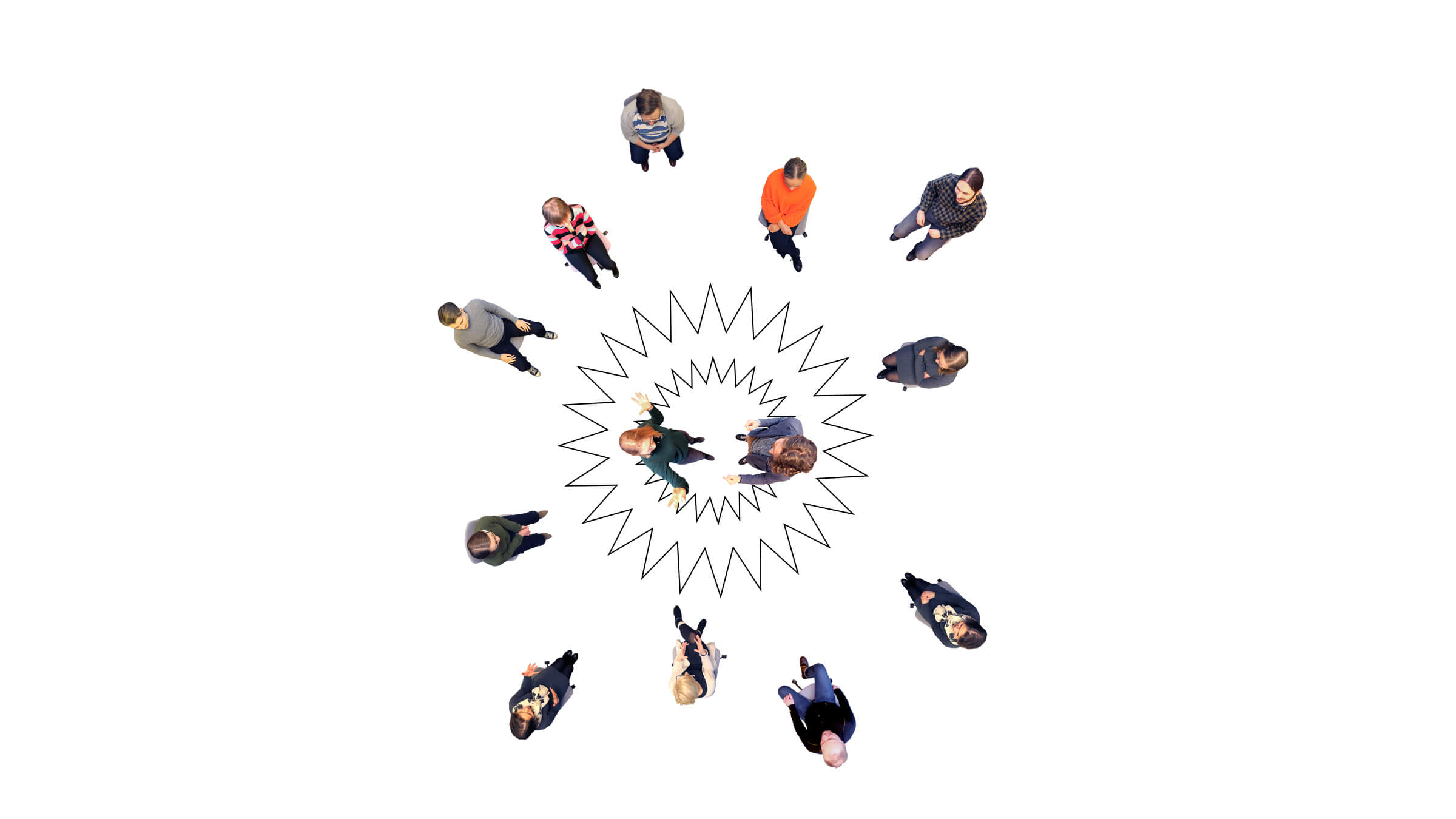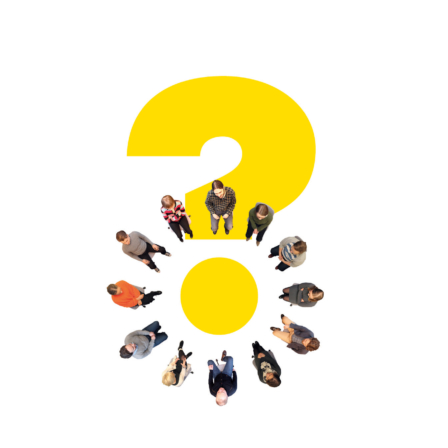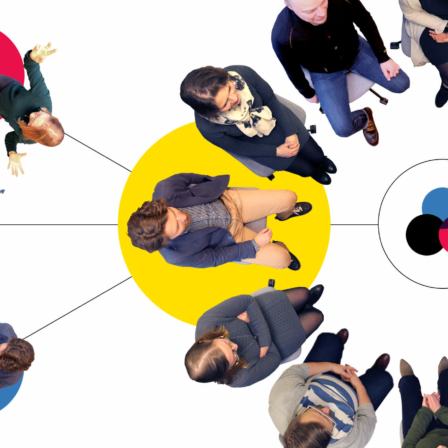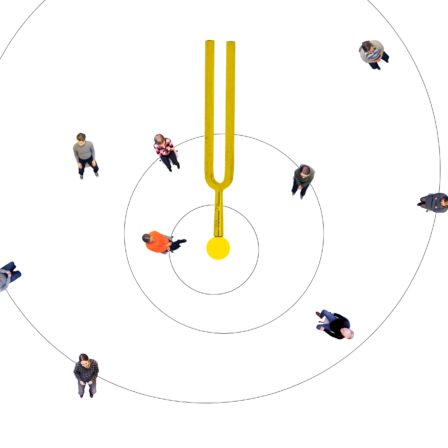- Stop the discussion for a moment and put the conflict you have observed into words.
“Let’s stop here for a moment. I can see that there appears to be some kind of conflict between you. Is it all right if we take some time and look at what it is about in more detail? - Ask the participants what they think about your observation.
“It seems to me that… What do you think about what I just said now?” - Agree together as a group whether any of the time reserved for the discussion will be used for examining the conflict.
“Is it sensible for us to use some of our time together to look at this conflict?” - Stress that there is no need to try to resolve the conflict during the dialogue, it is enough to reach a better understanding of the others’ points of view.
“It is not necessary to try to resolve conflicts in a dialogue. It is enough if we gain a better understanding of what they are about.” - Ask the different parties of the conflict to explain their views and experiences in more detail. Emphasise the importance of listening.
“Let’s listen to both of you/everyone in peace. Everyone will have their turn to speak. Do not interrupt each other, try to listen and understand each other’s points of view.”
This post has been archived and may include outdated content
Flare-up of an unexpected conflict in the discussion




















More tools
How to master a dialogue.